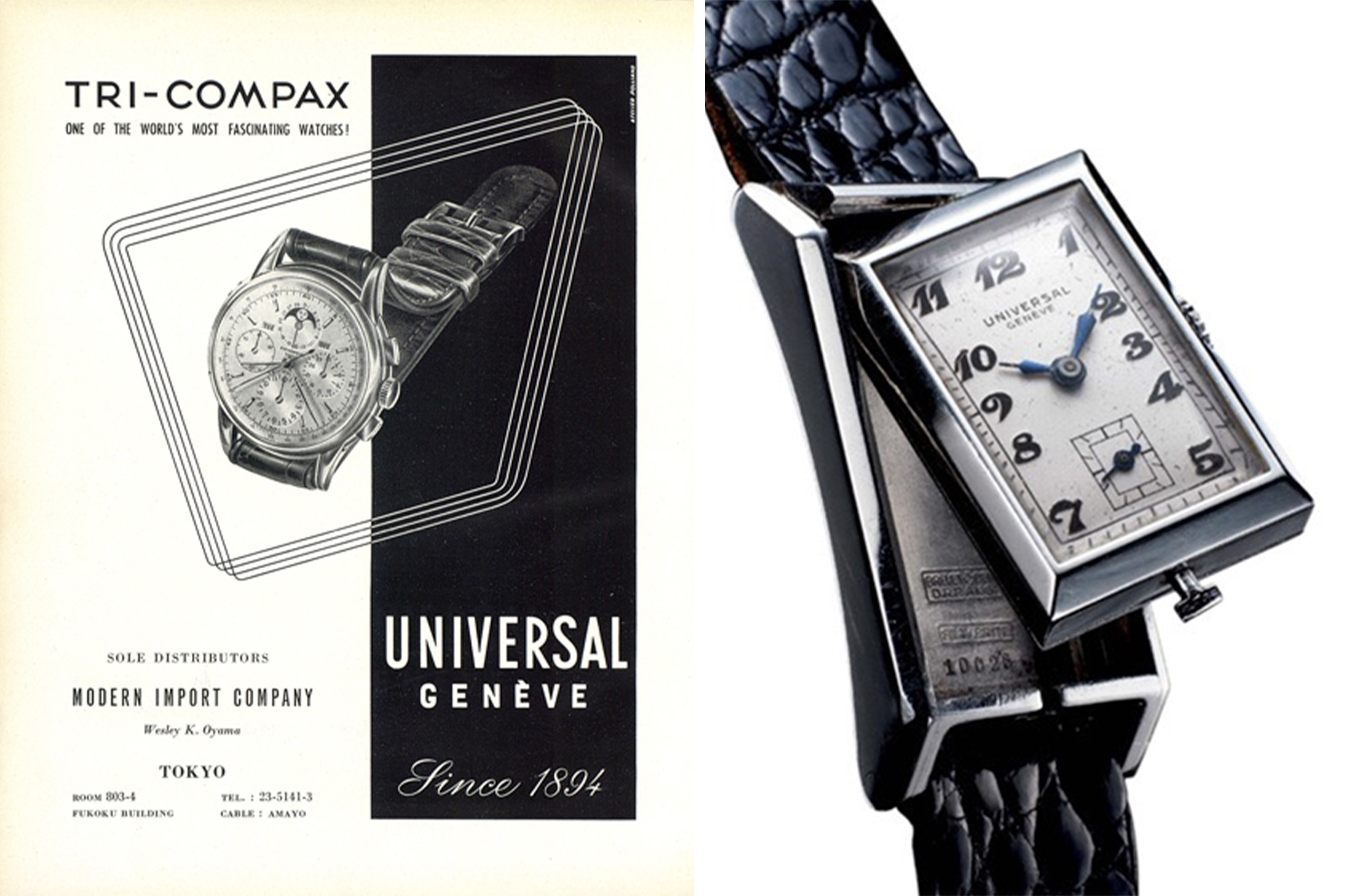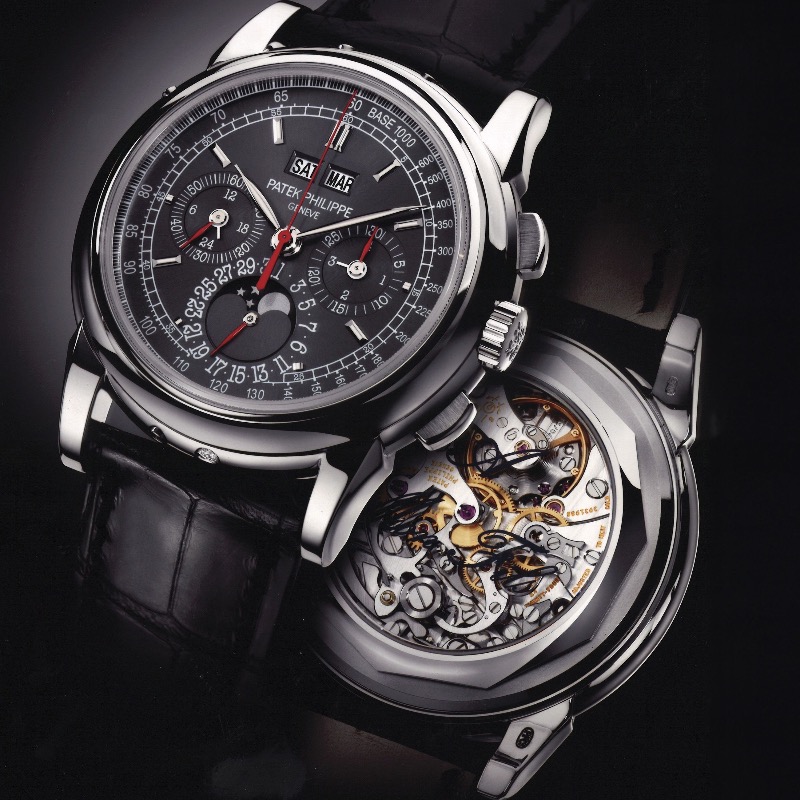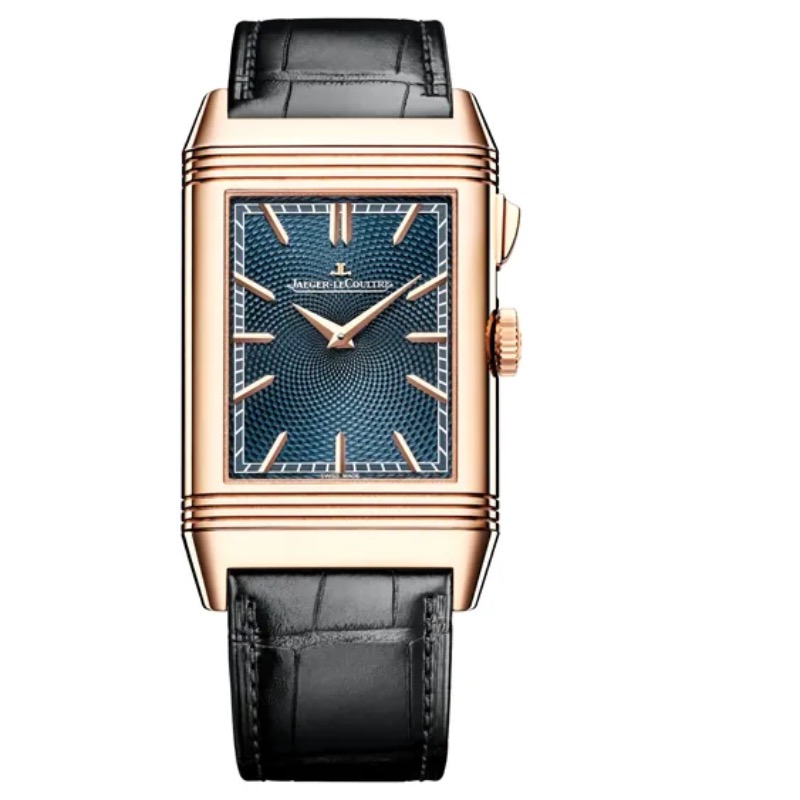In a surprise announcement on Tuesday, Breitling shared that it has acquired Universal Genève. The Swiss brand has long been a collector’s darling. Its (relatively) affordable price points—combined with the fact that the company used to be distributed in the US by Patek Philippe—have long made its vintage pieces prized possessions among watch-world cognoscenti. They’re a sort of grail acquisition in the world of watches. The brand has long been eyed by various groups of investors, including vintage dealers.
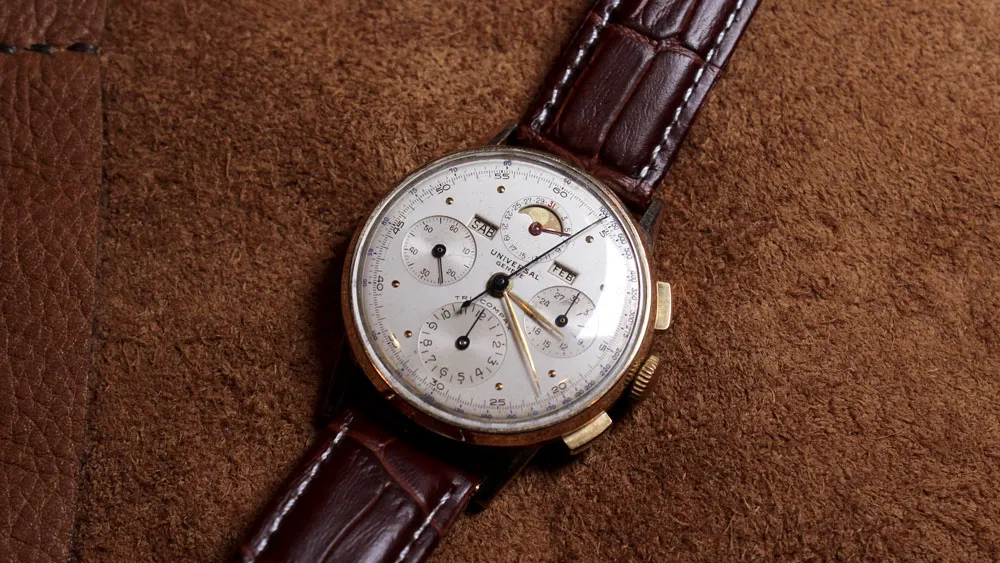
Image courtesy of Justin Mastine-Frost
The company was founded in 1884 as Universal Watch and changed its name to Universal Genève in the 1930s. In the early 21st century, it was known for its elegant precision dress watches, including the Cabriolet (pictured at the top of this page)—a reversible timepiece akin to the Jaeger-LeCoultre Reverso. Interestingly, the Cabriolet, known as the first reversible watch, debuted in 1927, four years before the now iconic Reverso. The Cabriolet was only produced for three years until 1929.
By the 1930s, Hermès was distributing the watches in France and there was a brief collaboration with the Pour Hermès line of chronographs. By the 1940s, Universal Genève was well-known for its Compax chronographs, including its now collectible Tri-Compax full calendar that debuted for the brand’s 50th anniversary. That same decade marked the beginning of its affiliation with Patek Philippe when the Henri Stern Agency, then the distributor of Patek in US, began distributing Universal Genève stateside. It was seen as a sister brand to Patek Philippe. In 1965, Alan Banberry, the designer of Universal’s Compax movements, became Patek’s director of sales. While the two companies’ price points were vastly different, the association with Patek elevated Universal Genève’s status and is one of the reasons its vintage models continue to be sought after by in-the-know collectors. Other high points of its rich history include the launch of the Polerouter, designed by a then 23-year-old Gérald Genta in the 1950s, and its chronographs famously worn by Eric Clapton and Nina Rindt, the stylish wife of racer driver, Jochen Rindt.
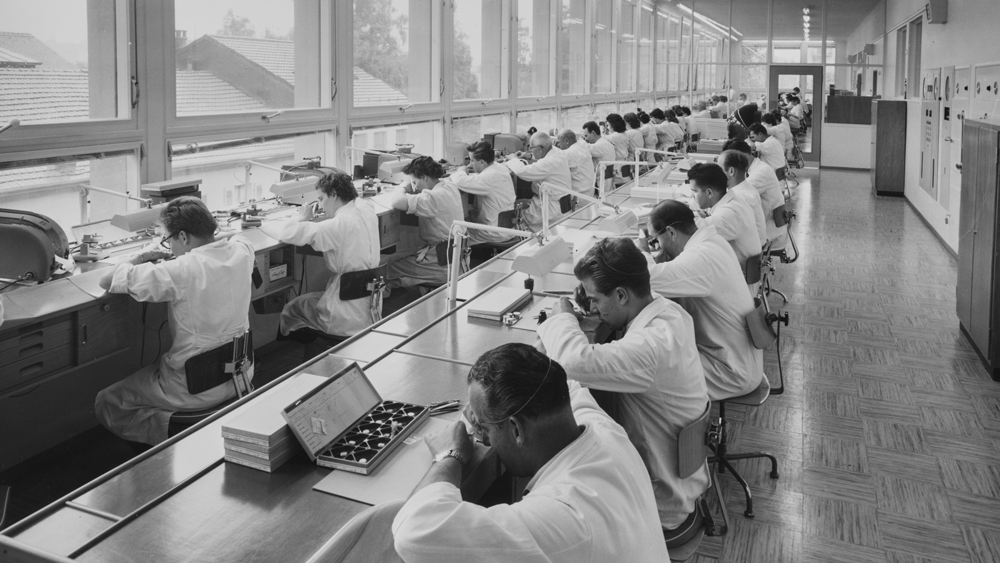
It is quite a legacy to revive and Breitling is fully aware of the enormous mission at hand. “As excited as we are, we are also fully aware of the task at hand and the profound heritage we are set to uphold,” says Breitling CEO, Georges Kern, in a press statement. “Rebuilding a brand with such a rich narrative is not a quick endeavour—it is a meticulous labour of love that we anticipate will unfold over the coming years.” He added that a separate team would be established for Universal Genève so that can operate as its own maison.

Image courtesy of Greg Selch
Universal Genève was hit hard by the quartz crisis of the 1970s, and since 1989, it has been owned by Hong Kong-based Stelux Group, where it was very under-the-radar as a modern brand. With a shared history of specialising in chronographs, it makes sense that Breitling would want to acquire the company. However, it’s a bit surprising that LVMH head honcho Bernard Arnault didn’t pounce first—his company owns Zenith, a watch manufacture famous for its chronographs, which bought Martel in the 1960s. (Martel helped develop the first two-pusher chronographs for Universal Genève and some movements produced by Martel for Universal Genève have also been found in Zeniths from the 1940s.) The price point of Universal Genève watches certainly isn’t in line with LVMH’s luxury line-up, but there’s no denying this brand’s importance to both entry-level and well-heeled collectors alike. It will be interesting to see how the heritage brand takes flight under Breitling and George Kern’s very modern approach to watchmaking.





